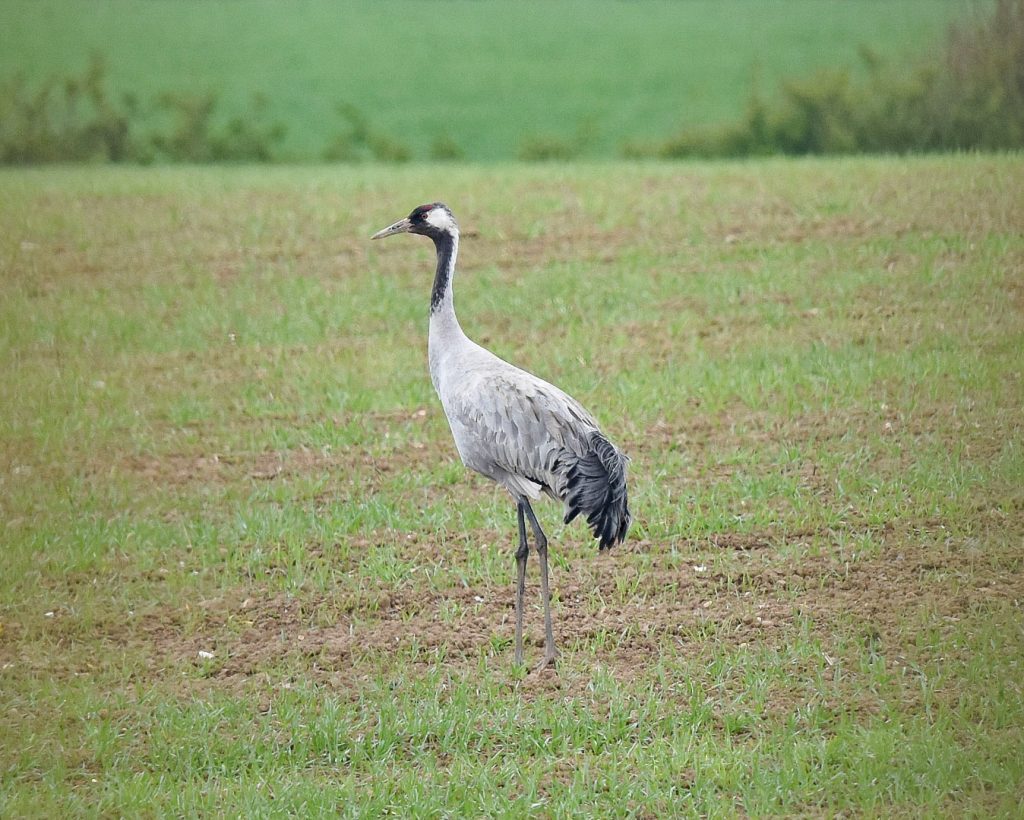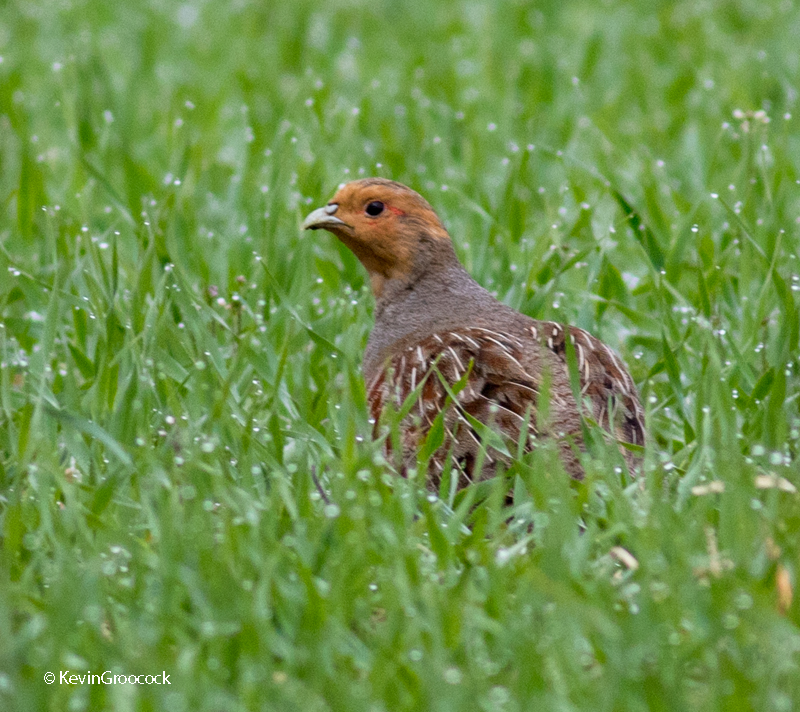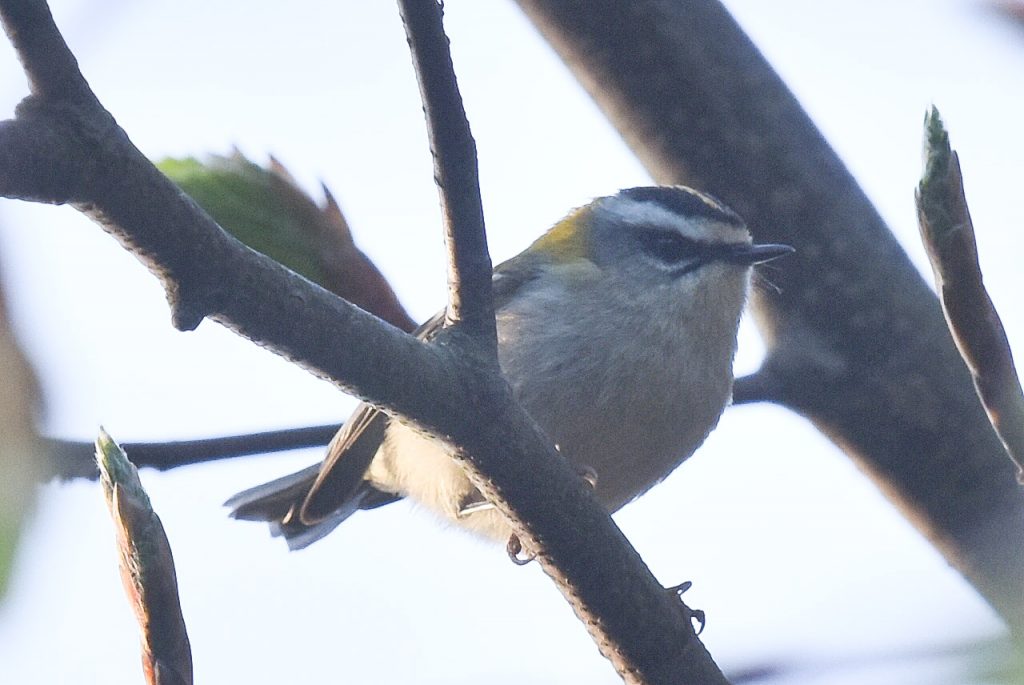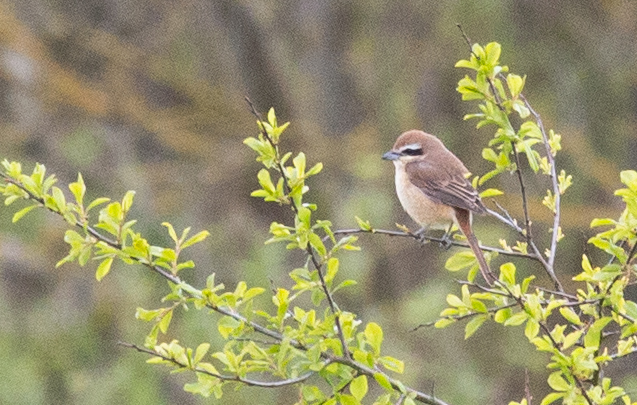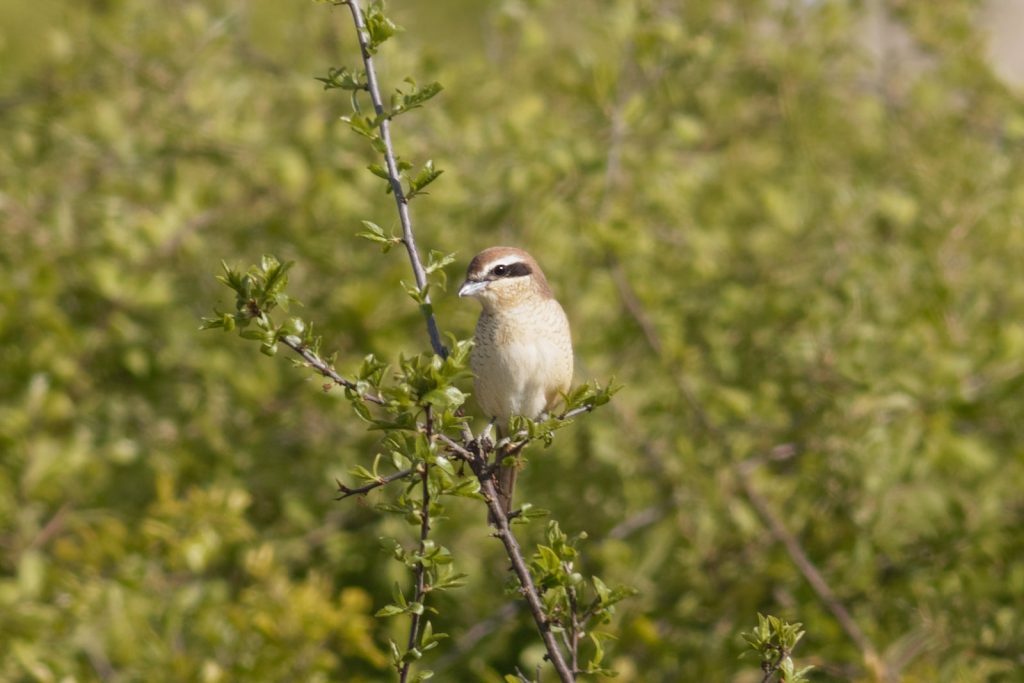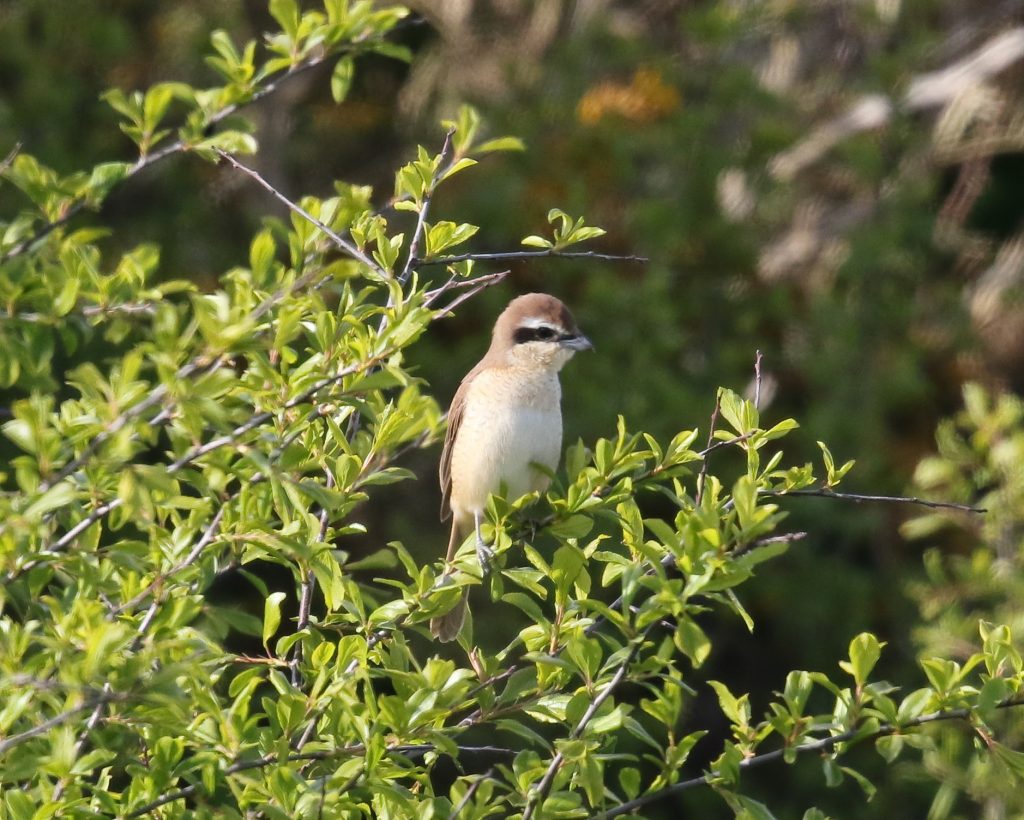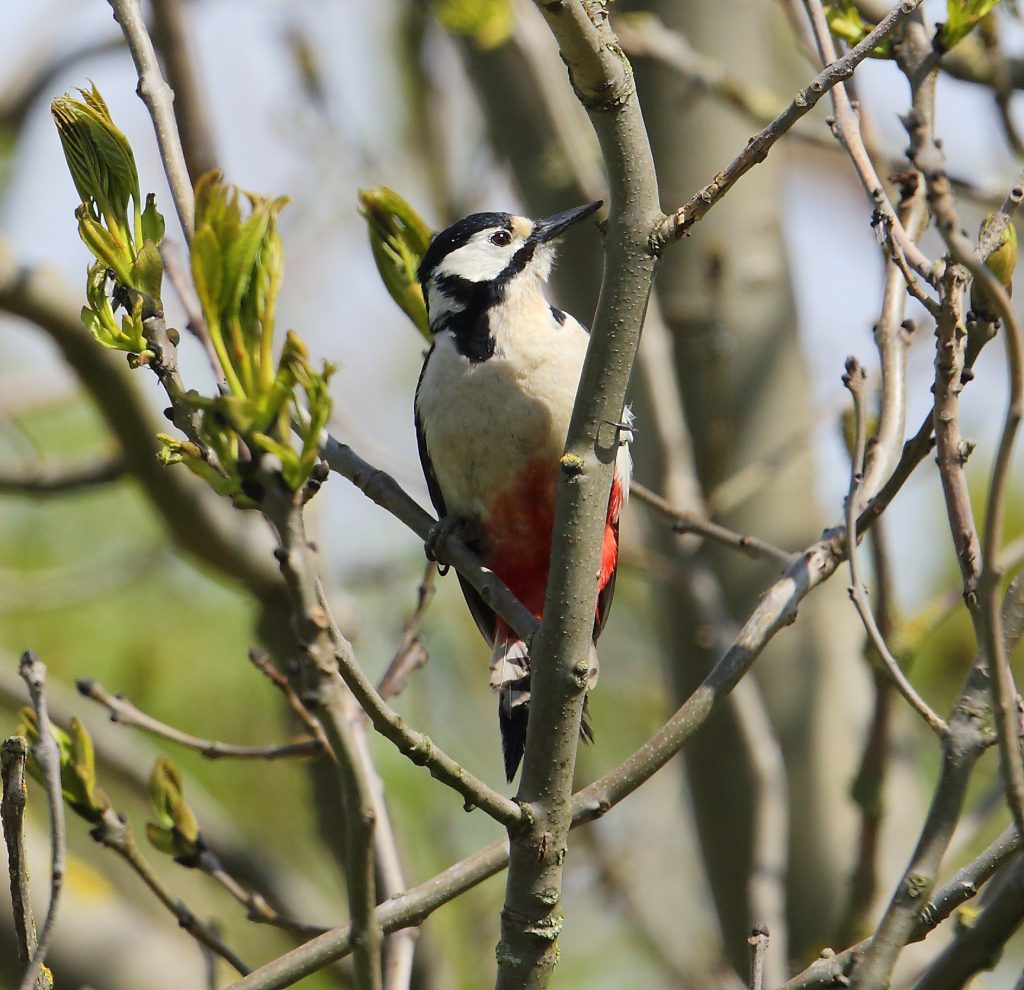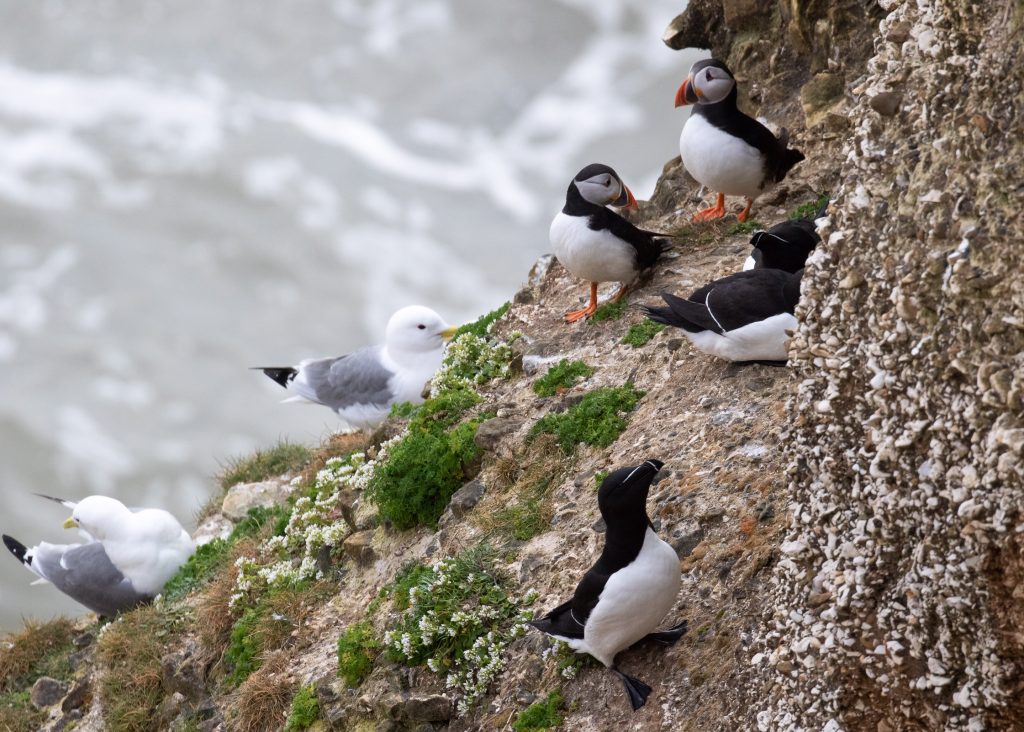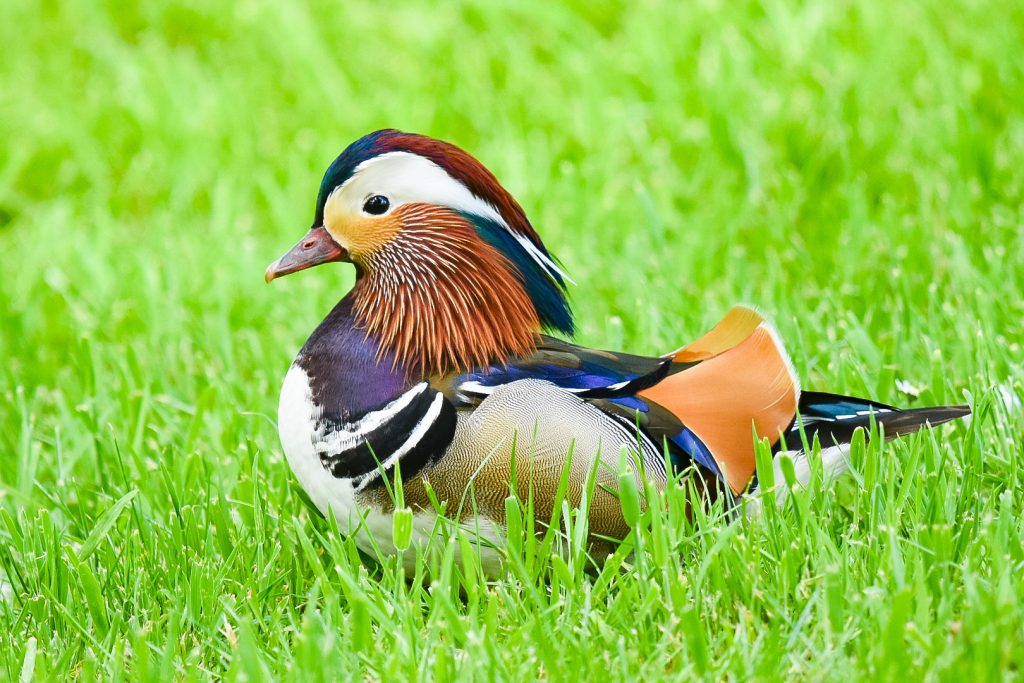The following summary only includes records from our resident birders’ health walks and garden sightings; consequently, it provides a mere snapshot of the true scale of our spring migration.
A day of light/moderate north-west winds, generally overcast skies and showers with temperatures reaching ten degrees C by late morning. Single Red-breasted Merganser, Red-throated Diver, Great Northern Diver, three Manx Shearwaters, two Whimbrel and the year’s first Arctic Skua flew south past the Fog Station.
Sightings on the headland itself included two Pink-footed Geese, two Gadwall, two Shoveler, a pair of Tufted Ducks, four Whimbrel, a Bar-tailed Godwit, an Osprey that flew west along the South Cliffs, one Short-eared Owl, a Swift, a Hooded Crow, one Garden Warbler, single Redwing and Fieldfare, two Tree Pipits (including one singing), nine Wheatear, four Yellow Wagtails and five Siskin.



